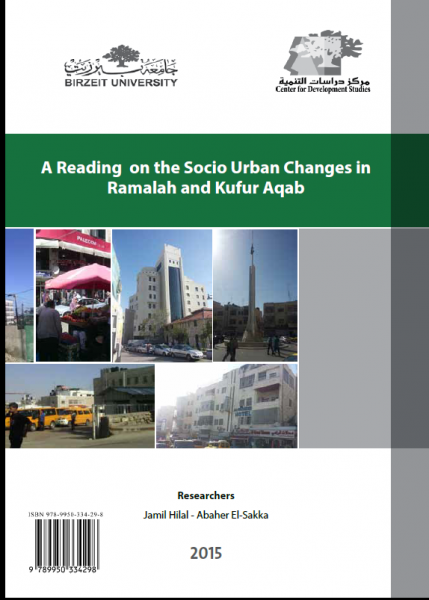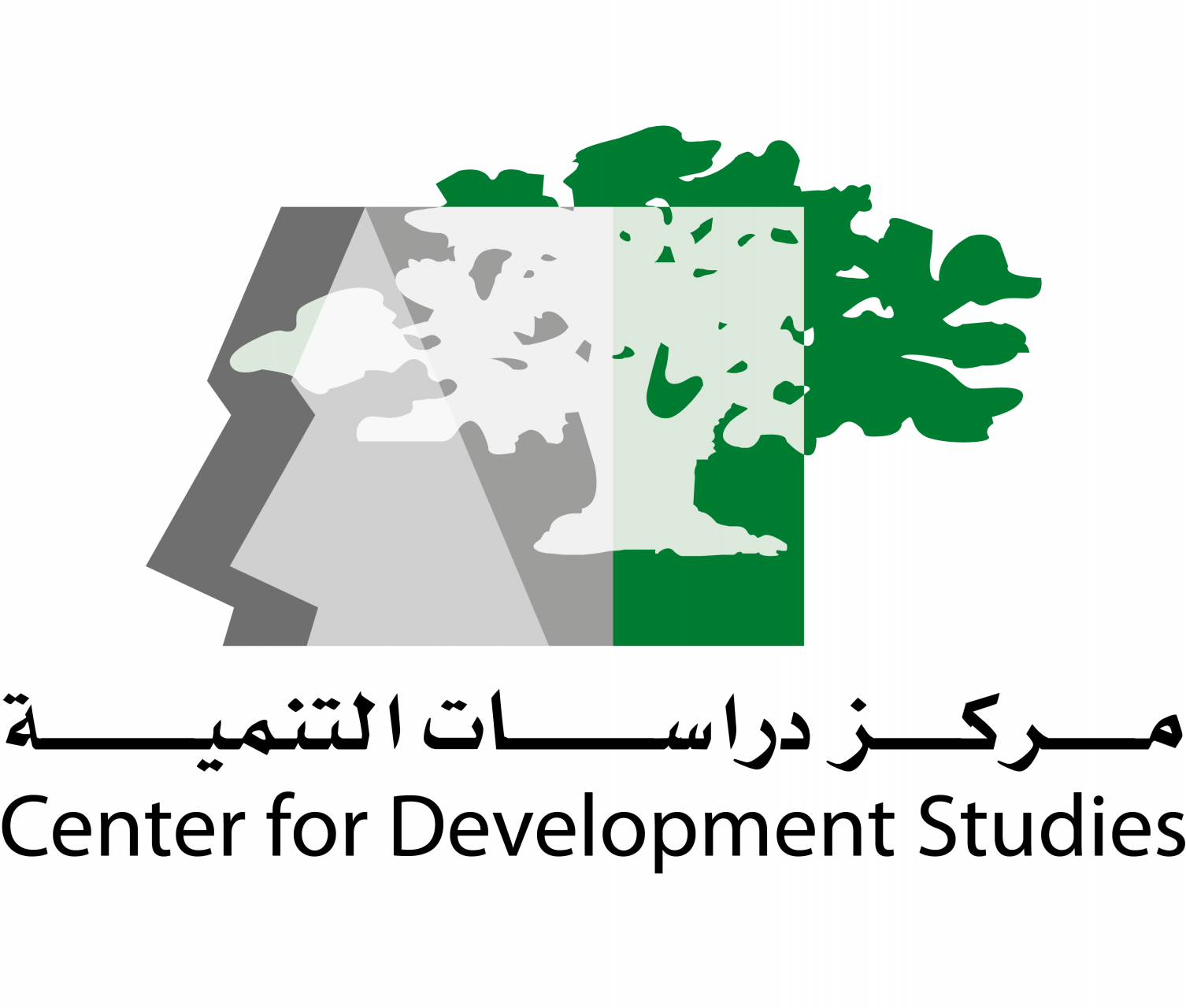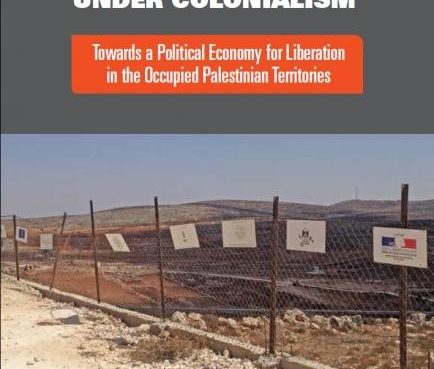
Class disparity and
consumerism together with service economy expanded indetriment of other
economic sectors. This statement summarizes the prevailing political economy in
the past two decades in the Occupied Palestinian Territory, virtually in cities
and rural areas. Any observer of the urban alterations with gigantesque
buildings and increased small, medium and large sized service
establishments, not to mention the change in the landscape of cities and
its expansion into the country side, can apprehend part of the “new”
Palestinian life narrative. It is set up with neoliberal acts that range
between legally framed official policies and large private sector
companies to market margins and the new patterns imposed by these
alterations. There is
intense distortion of productive and empowering sectors, or in other terms
the sectors that could enhance the steadfastness and resilience of
ordinary people.
Needless to say that this is conceptualized at both physical and moral levels
while Palestine still lives in a colonial context. Any observer interested
in the mechanisms of political economy will realize that such changes
cannot constitute an alternative to the economies and hegemony of the
colonization and consequently cannot oppose or resist its domination.
Ramallah is in the front of this new landscape as it hosts amid its
neighborhoods the camps of Alamaari, Qalandia and Qadoura not to mention
the nearby Jalazoun Camp. These camps with still living memory of the Nakba
(1948 occupation) continue to suffer daily. Between Ramallah and Qalandia
Camp lies Kufur Aqab,
a flagrant example of restricting populated and urbanized space to features
that contradict with its rural specificity. All such acts take place under
a structural system imposed by the colonization on the inhabitants of
Jerusalem. The occupation procedures force them to change their
residential area to allow family reunification to take place or to
preserve the Jerusalem ID. There in Kufur Aqab, thousands of Palestinians
share an urban chaos that lack minimum legal, engineering or even decent
environmental and humanitarian standards. Amid this
chaos, we cannot ignore the byproducts of the daily colonial occupation
practices on the streets of our cities and villages, cold-blood executions
of our young me and women, the isolation and closure imposed upon humans
and their space.
It is a different scene from the reality on the ground and the misleading
urban landscape. The main purpose behind these two studies is to
produce a visual and ethodological documentation to understand the social
partition and fragmentation that is taking place in urban centers and
examine their expansion to understand their patterns and see who wins and
who loses in the Palestinian economic political perspective of Ramallah
and Kufur Aqab.




Comment here